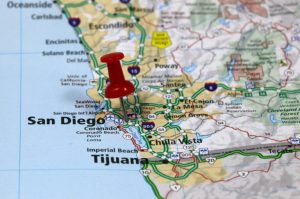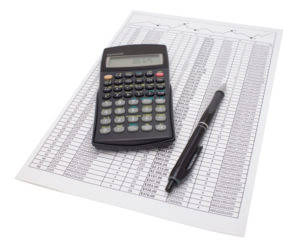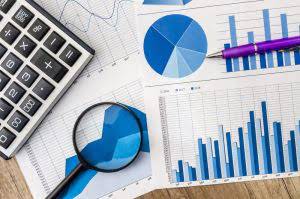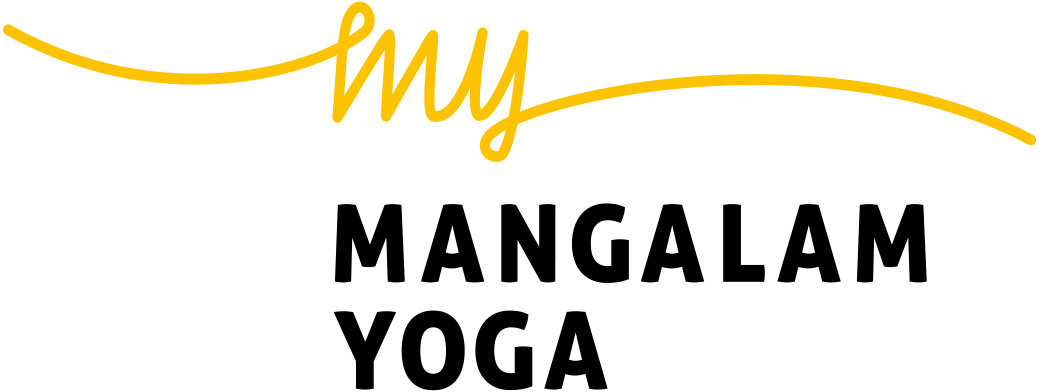
In exchange for the finance they provide, shareholders receive the shares of the company. The shares of a company give its accounting shareholders the ownership of the company for the proportion of shares they hold. The ownership in a company can give them different rights, one of which includes the right to receive dividends and the right to the assets of the company, if it goes into liquidation.

Pay Dividends
- Declaring and paying dividends will change your company’s balance sheet.
- This is seen as a sign of falling profits, not to mention a loss of income to shareholders.
- When paid, the stock dividend amount reduces retained earnings and increases the common stock account.
- Therefore, companies regard dividend policy as an important part of their relationship with their shareholders.
- For the past 52 years, Harold Averkamp (CPA, MBA) hasworked as an accounting supervisor, manager, consultant, university instructor, and innovator in teaching accounting online.
- A long term investor might be prepared to accept a lower dividend payout ratio in return for higher re-investment of profits and higher capital growth.
- A stock dividend functions essentially like an automatic dividend reinvestment program (more on that below).
When a company pays a dividend, each share of stock of the company you own entitles you to a set dividend payment. Dividends can be cash, additional shares of stock or even warrants to buy stock. When a corporation declares a cash dividend, the amount declared will reduce the amount of the corporation’s retained earnings. Instead of debiting the Retained Earnings account at the time the dividend is declared, a corporation could instead debit a related account entitled Dividends (or Cash Dividends Declared).
Dividend Journal Entry
So I reckon selling prices will likely go up across the economy rather than company share prices and profits going down. Before retirement, money in any type of IRA grows without being diminished by taxes. Therefore, you’ll pay no taxes on dividends issued and reinvested in either a Roth IRA or traditional IRA while your money remains invested. Beyond those 15% thresholds, you’ll pay 20% on dividends and capital gains (with a few exceptions). For investors who are considering putting a portion of their portfolios in dividend-paying strategies to fulfill their income-seeking goals, there are some things to consider.
More on Investing Articles

A dividend-paying stock generally pays 2% to 5% annually, whether in cash or shares. When you look at a stock listing online, check the “dividend yield” line to determine what the company has been paying out. If a company issues a 5% stock dividend, it would increase its number of outstanding shares by 5%, or one share for every 20 shares owned. If a company has one million shares outstanding, this would translate into an additional 50,000 shares. A shareholder with 100 shares in the company would receive five additional shares. Suppose Company X declares a 10% stock dividend on the dividends account its 500,000 shares of common stock.
- Investors who do receive dividends should receive a tax form, a 1099-DIV, from the payor of the dividends if the annual payout is at least $10.
- As the business does not have to pay a dividend, there is no liability until there is a dividend declared.
- Hence, the company needs to make a proper journal entry for the declared dividend on this date.
- A cash dividend primarily impacts the cash and shareholder equity accounts.
- The balance in this account will be transferred to retained earnings when the company closes the year-end account.
- Occasionally, companies will pay out dividends at random times, possibly due to a windfall in cash from a business unit sale.
Here’s the forecast for BT with the share price at 140p and the dividend yield at 5.7%
Since shares of some companies can change hands quickly, the date of record marks a point in time to determine which individuals will receive the dividends. The Board’s declaration includes the date a shareholder must own stock to qualify for the payment along with the date the payments will be issued. Dividends, whether in cash or in stock, are the shareholders’ cut of the company’s profit. A company may issue a stock dividend rather than cash if it doesn’t want to deplete its cash reserves.

Double Entry Bookkeeping
- Tax treatment depends on your individual circumstances and may be subject to future change.
- Dividends are also an important source of income for most shareholders.
- The specifics depend on the type of account that dividend-paying stocks are held in, among other things.
- Another important consideration when deciding among dividend-paying strategies is cost.
- Firstly, let’s talk about BRE’s impressive dividend yield, currently around 9.2%.
- Stock dividends may signal financial instability or at least limited cash reserves.
United Bancorp Inc. declared a 15 cents per share special dividend on Feb. 23, 2023. Both the Dividends account and the Retained Earnings account are part of stockholders’ equity. They are somewhat similar to the sole proprietor’s Drawing account and Capital account which are part of owner’s equity. Founded in 1993 by brothers Tom and David Gardner, The Motley Fool helps millions of people around the world achieve their financial goals through our investing services and financial advice.






